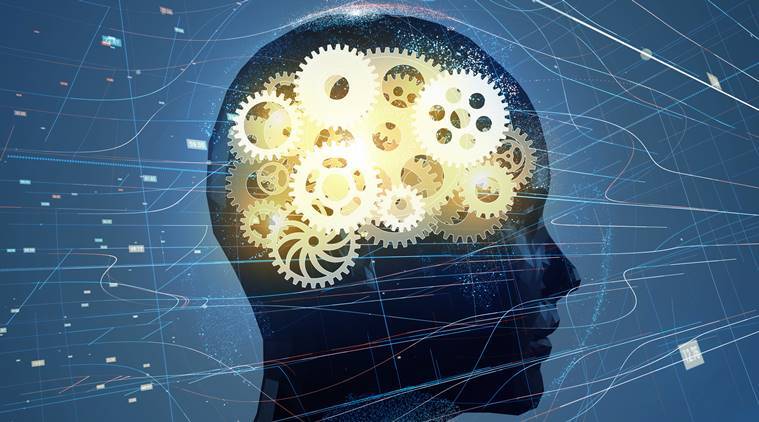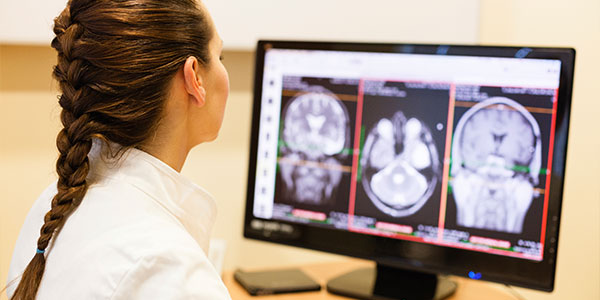How the Brain Works: A Guide to Neuroscience Research
The brain is the most complex organ in the human body. It is responsible for everything we do, from thinking and feeling to moving and breathing. But how does the brain work? What are the different parts of the brain and what do they do?
Neuroscience is the study of the brain and nervous system. It is a vast and rapidly growing field, and neuroscientists are constantly learning new things about how the brain works. In this blog post, we will take a look at some of the key findings of neuroscience research.
How the Brain Works

The brain is made up of billions of neurons. Neurons are the basic building blocks of the brain, and they are responsible for sending and receiving signals. Neurons communicate with each other through synapses, which are tiny gaps between neurons. When a neuron fires, it releases a chemical called a neurotransmitter across the synapse. The neurotransmitter then binds to a receptor on the next neuron, which causes the next neuron to fire.
The brain is organized into different regions, each of which is responsible for different functions. The frontal lobe is responsible for planning, decision-making, and problem-solving. The parietal lobe is responsible for processing sensory information, such as sight, touch, and hearing. The temporal lobe is responsible for processing auditory information and memory. The occipital lobe is responsible for processing visual information.
Neuroscience Research

Neuroscience research is conducted in a variety of ways. One common way is to study the brains of animals. Scientists can use animals to study the effects of different drugs and treatments on the brain. They can also study the brains of animals that have been genetically engineered to have specific brain disorders.
Another way to conduct neuroscience research is to use imaging techniques, such as MRI and PET scans. These techniques can be used to see how the brain is functioning in real time. Scientists can use imaging techniques to study the brains of people with different brain disorders. They can also use imaging techniques to study the brains of people who are performing different tasks.
Neurological Disorders

There are many different neurological disorders, including Alzheimer’s disease, Parkinson’s disease, and multiple sclerosis. These disorders can cause a variety of symptoms, such as memory loss, difficulty walking, and vision problems.
Neuroscientists are working to understand the causes of neurological disorders and to develop treatments. They are also working to develop new ways to diagnose neurological disorders early.
Conclusion
Neuroscience is a rapidly growing field that is helping us to understand how the brain works. This research is essential for developing new treatments for neurological disorders and for improving our understanding of human behavior.
